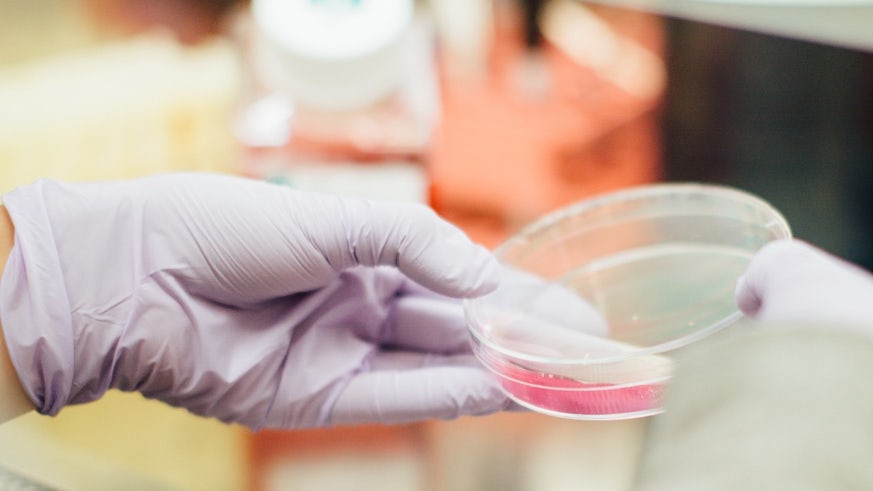New understanding of an antibiotic could help tackle drug-resistant pathogen
31 October 2019

A drug-resistant pathogen which causes hospital-acquired infections that are very difficult to treat is one step closer to being tackled, thanks to new research from the University of Warwick and Cardiff University.
Researchers at the Department of Chemistry in the University of Warwick have made a breakthrough in understanding the enzymes that assemble the antibiotic enacyloxin.
The team identified the enzymes responsible for joining the two components of the antibiotic together and discovered that the key enzyme in this process is promiscuous, which suggests that it could be harnessed to produce structurally modified versions of the antibiotic.
This study built on previous research from Cardiff University School of Biosciences which discovered that enacyloxin is effective against Acinetobacterbaumanii - one of the World Health Organisation’s three critical priority pathogens for which new antibiotics are urgently needed.
This further research was needed in order to better understand the molecular mechanisms used to assemble enacyloxin – the first step in engineering the antibiotic to make it suitable for treating infections caused by the pathogen in humans.
Professor Greg Challis of the Department of Chemistry at the University of Warwick comments:
“Being able to alter the structure of the antibiotic will be key in future studies to optimise it for treating infections in humans.”
Professor Eshwar Mahenthiralingam at Cardiff University School of Biosciences adds:
“We were very excited when we discovered enacyloxin was produced by Burkholderia ambifaria, but due to the unstable structure of the antibiotic, we knew it would be difficult to develop clinically. It is great see the continued work by Professor Challis’s group opening up new potential for the antibiotic.”
In a separate but linked study, researchers were able to report on the structure of the enzyme and that of a companion protein which plays a key role in the process.
Professor Józef Lewandowski also of the Department of Chemistry at the University of Warwick, who co-led the structural study comments:
“We found that specific parts of the enzyme and the companion protein are required for them to recognise each other. Using a computer algorithm to search all publicly available bacterial genomes, we found that these recognition elements are commonly found in other enzymes and proteins that make antibiotics and anti-cancer drugs.”
Professor Challis continues:
“Understanding how the enzymes and their companion proteins recognise each other provides important clues about the evolution of antibiotic production in bacteria. It also has the potential to be exploited for creation of new types of molecules not seen in nature.”
A dual transacylation mechanism for polyketide synthase chain release in enacyloxin antibiotic biosynthesis and Structural basis for chain release from the enacyloxin polyketide synthase were both published in Nature Chemistry.

